Table of Content
In a major step toward boosting public transportation and regional infrastructure, the central government has sanctioned a 2.6km Metro extension in Greater Noida, linking the existing Depot Station to Bodaki. The project, managed by the Noida Metro Rail Corporation (NMRC), is expected to be completed within three years, with an investment of ₹416.34 crore.
This stretch is part of a larger vision to extend the Aqua Line of the Noida Metro, improve integration with the Delhi Metro network, and support emerging infrastructure such as the Noida International Airport in Jewar.
Project Scope and Funding Breakdown
The newly approved Metro extension in Greater Noida will start from Depot Station and run up to Bodaki, with an additional spur connecting Junpat village. According to NMRC officials, this corridor is designed to provide Metro access to outer Greater Noida areas currently underserved by rapid transit.
The funding model includes:
- ₹70.59 crore contribution from the central government
- ₹91.08 crore equity support from the Uttar Pradesh government
- ₹211.80 crore from agencies like the National Capital Region Planning Board
- ₹10.44 crore earmarked for land-related expenses
The corridor will be constructed using standard gauge tracks (1,435 mm), powered by a 15kv AC overhead traction system. A special-purpose vehicle under NMRC will carry out the construction and implementation.
Also Read: Retail Leasing Drops 6% to 2.24 Mn Sq Ft Across Major Indian Cities in Q2 2025
Why Bodaki is a Strategic Node
Bodaki, the endpoint of this proposed extension, holds strategic importance due to its upcoming multi-modal logistics hub. Once operational, the hub will boost freight handling, warehouse development, and economic activity in the region. Therefore, the Metro extension in Greater Noida is not just about passenger movement it’s closely linked to future economic corridors and regional logistics development.
Pending Metro Links Awaiting Approval
In addition to the 2.6km Depot Bodaki link, two other Metro extension proposals remain under review:
- An 11.56km corridor connecting Botanical Garden (Delhi Metro Blue Line) to Noida Sector 142 (Noida Metro Aqua Line)
- A 5km link from Noida Sector 51 to Knowledge Park V in Greater Noida West
Among these, the Botanical Garden–Sector 142 corridor is viewed as a high priority due to its potential to seamlessly link the Delhi and Noida Metro systems while enhancing airport access.
“We’re fully prepared to begin work once we receive the green signal,” confirmed Mahendra Prasad, Executive Director, NMRC.
Early Technical Work in Progress
Though full-scale construction hasn’t begun, NMRC has already started topographical surveys along the Botanical Garden–Sector 142 route. These surveys analyze the geographical positioning of residential areas, commercial spaces, and public infrastructure to determine the most feasible alignment.
The Detailed Project Report (DPR) for the 11.56km route was already approved in December 2023, underlining the urgency and readiness of NMRC to push forward once approvals are secured.
Bridging Connectivity Gaps in Noida and Greater Noida
At present, Noida and Greater Noida suffer from limited integration between the Aqua Line and Delhi Metro's Blue Line. Commuters must make transfers at Mayur Vihar or Sector 62, leading to time-consuming and inefficient journeys.
The Metro extension in Greater Noida, starting with the Depot-to-Bodaki link, is a step toward unifying the fragmented metro connectivity. Once extended further, the system will offer smoother travel options for both daily passengers and airport-bound commuters.
Ripple Effect on Real Estate and Urban Development
The impact of the Metro extension in Greater Noida will go beyond transportation. Real estate activity is expected to see a boost in peripheral areas like Junpat and Bodaki. With metro connectivity improving accessibility, both residential developers and commercial investors are likely to explore opportunities in these underdeveloped pockets.
Enhanced last-mile connectivity will also facilitate warehousing, retail, and affordable housing, contributing to balanced urban growth in Greater Noida.
Also Read: India’s Housing Market Turns Premium in H1 2025, with 62% of Sales from ₹1 Crore+ Homes
Conclusion:
The greenlighting of the Metro extension in Greater Noida is a crucial milestone in building a more interconnected transit network across Delhi-NCR. By linking strategic nodes such as Bodaki and paving the way for integration with major metro corridors, this project signals a shift toward smarter, more inclusive urban mobility.
As approvals for the remaining extensions are awaited, and as construction for the Bodaki link commences, Greater Noida edges closer to becoming a fully connected, transit-oriented city aligned with the region’s economic ambitions.
Follow AquireAcers Whatsapp Channel to Stay Updated With The Latest Real Estate News

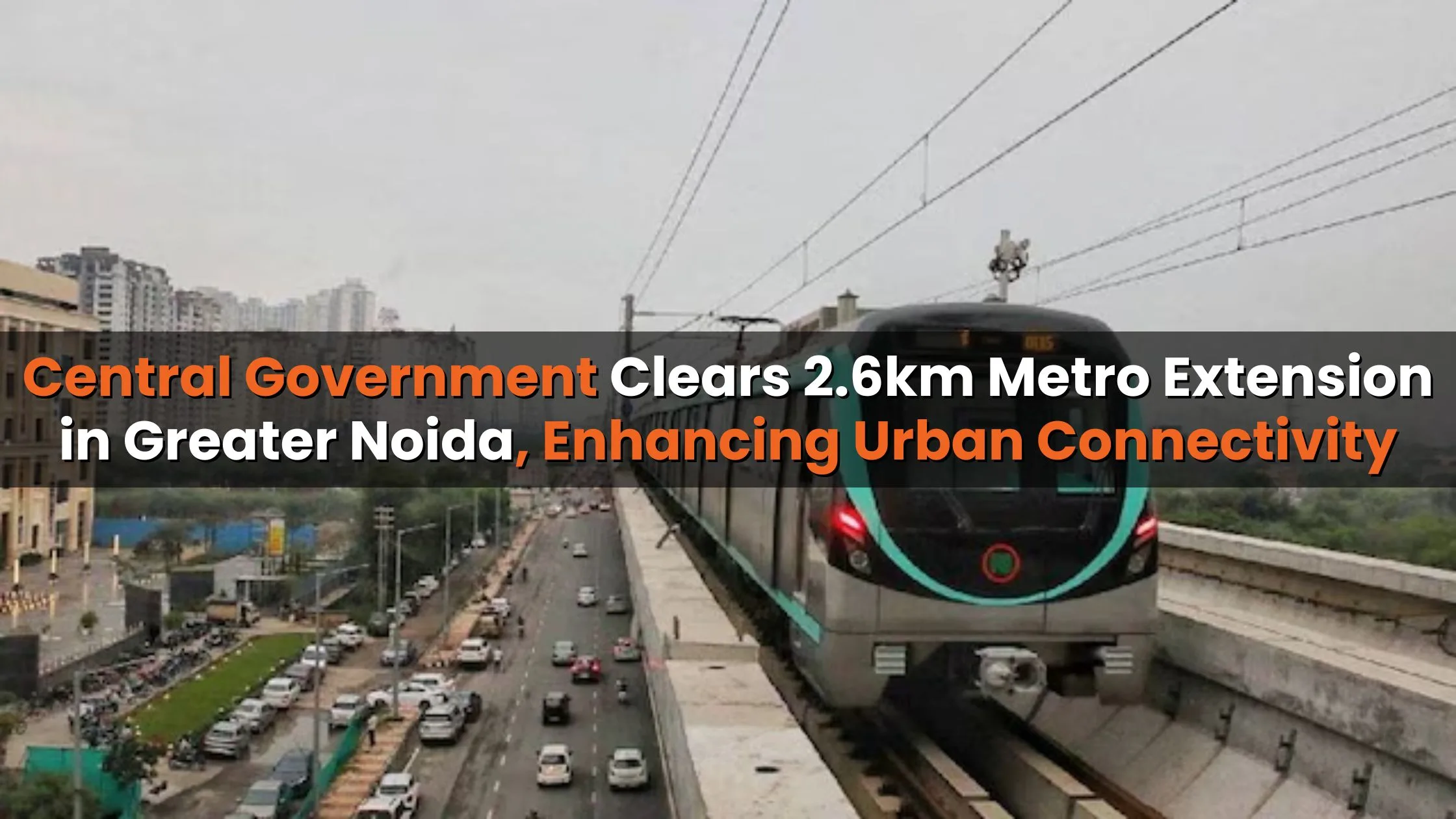
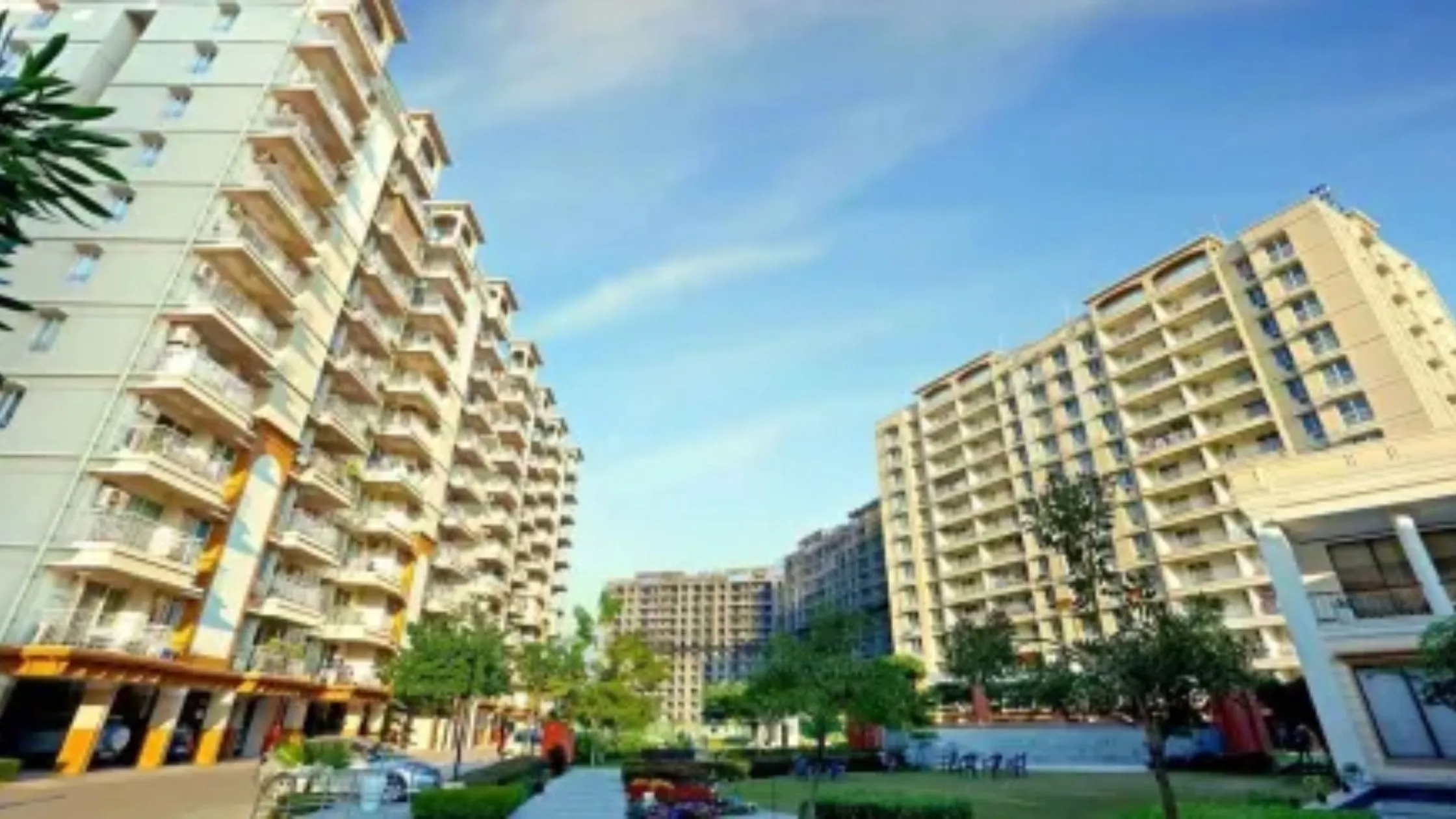
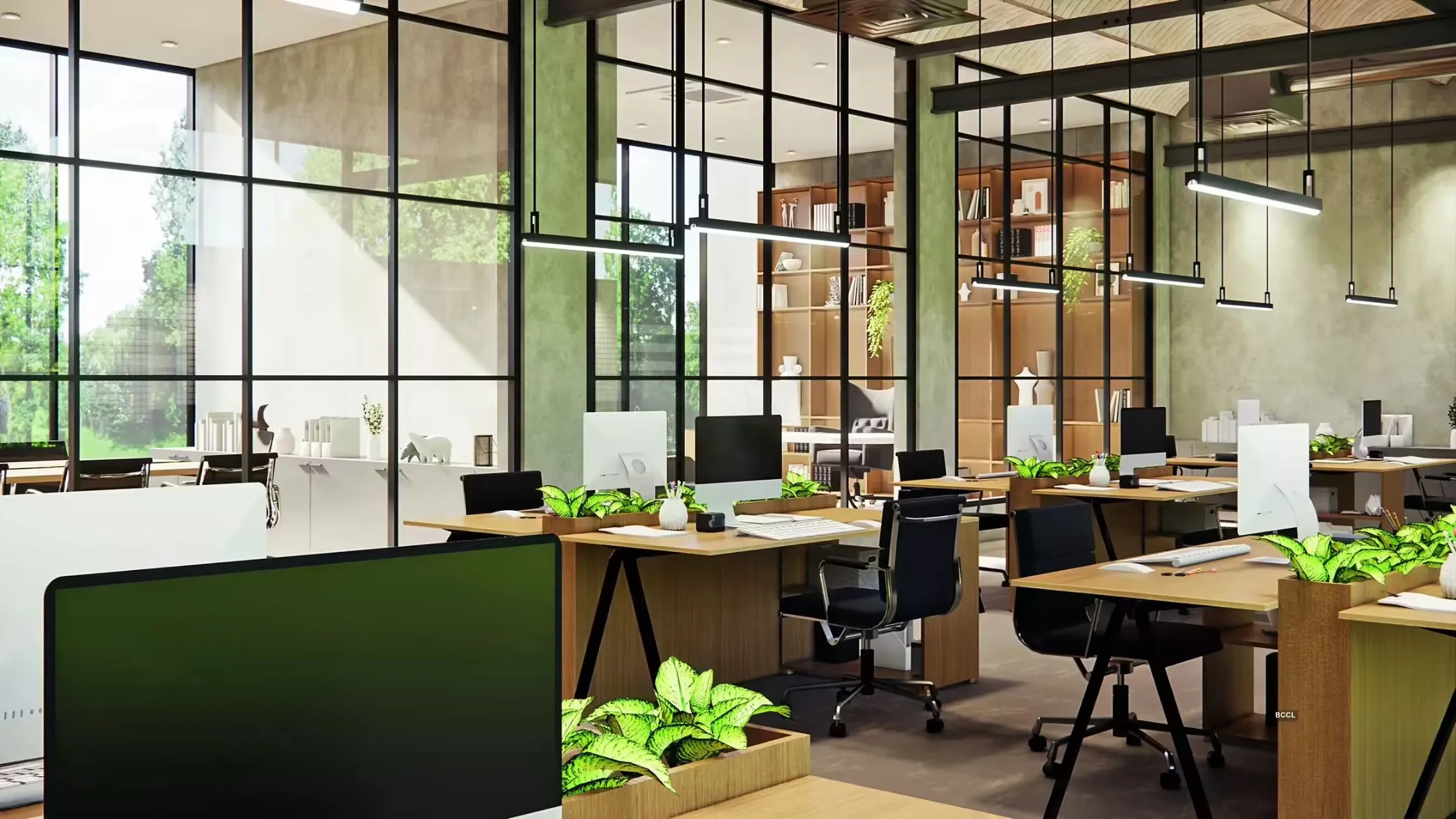
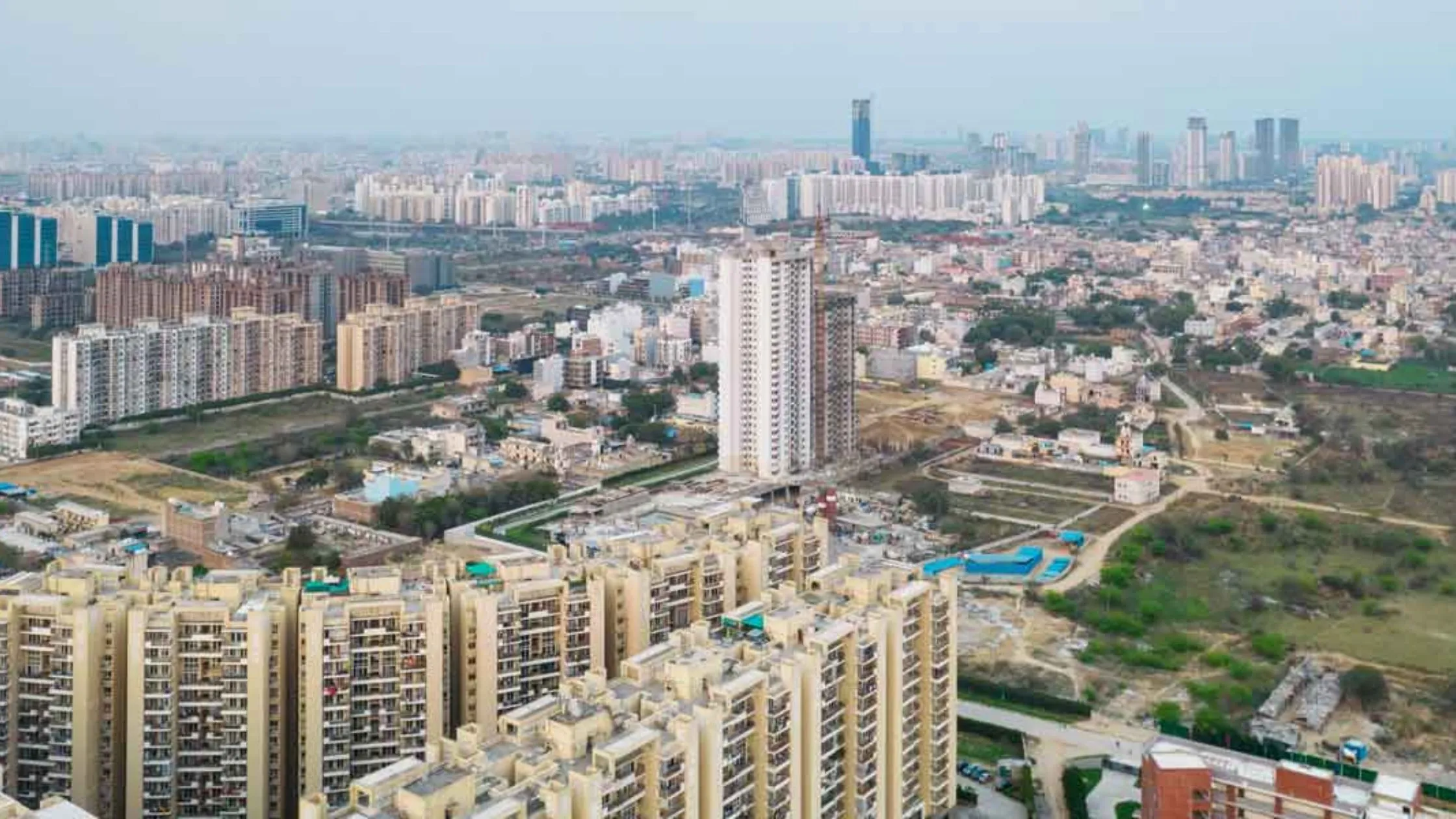
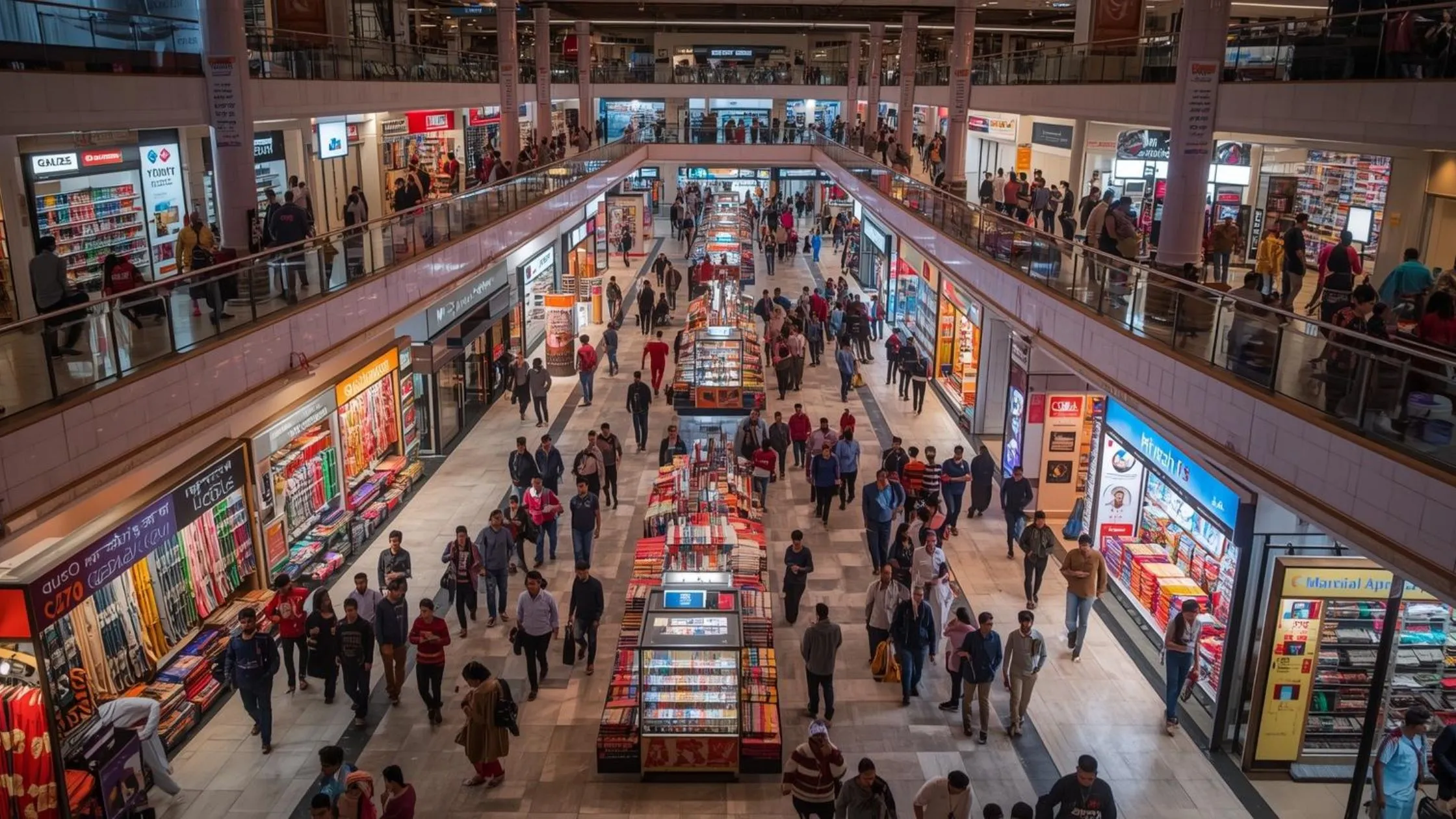

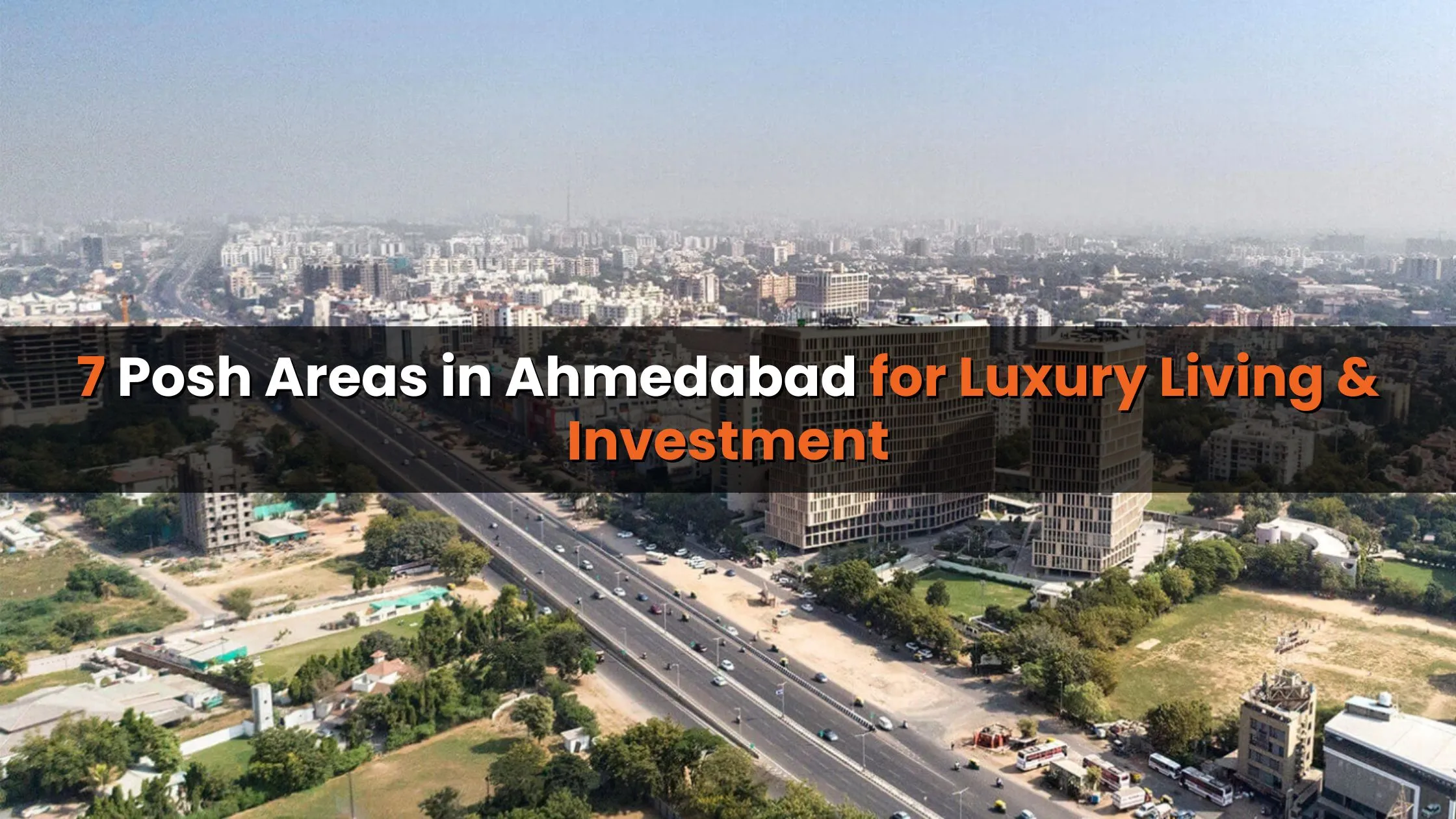
Ans 1. The project is a 2.6km Metro line from Depot Station to Bodaki, with a spur to Junpat village. It aims to improve transit access in Greater Noida’s outer areas and enhance regional connectivity.
Ans 2. The total cost is ₹416.34 crore. The central government will contribute ₹70.59 crore, while the UP government and NCR Planning Board will provide ₹91.08 crore and ₹211.80 crore respectively. Around ₹10.44 crore is allocated for land expenses.
Ans 3. Bodaki is set to become a logistics hub, making it vital for future freight handling and warehousing. Metro access will support both passenger travel and economic infrastructure.
Ans 4. Yes, two more corridors are pending approval: a key 11.56km Botanical Garden–Sector 142 link and a 5km Sector 51–Knowledge Park V corridor. These would further integrate Noida and Greater Noida with Delhi.
Ans 5. Full construction hasn't started, but NMRC has begun surveys along the proposed routes. The DPR for the 11.56km Botanical Garden route has already been approved.
Ans 6. The Metro extension is expected to boost real estate in areas like Bodaki and Junpat by improving connectivity. It will also support warehousing, retail, and affordable housing development.